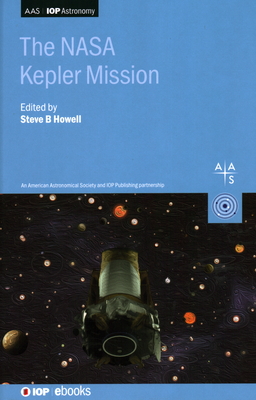The Birth of Modern Astronomy
暫譯: 現代天文學的誕生
Habing, Harm J.
- 出版商: Springer
- 出版日期: 2019-04-02
- 售價: $8,710
- 貴賓價: 9.5 折 $8,275
- 語言: 英文
- 頁數: 565
- 裝訂: Hardcover - also called cloth, retail trade, or trade
- ISBN: 3319990810
- ISBN-13: 9783319990811
-
相關分類:
物理學 Physics
海外代購書籍(需單獨結帳)
相關主題
商品描述
This richly illustrated book discusses the ways in which astronomy expanded after 1945 from a modest discipline to a robust and modern science. It begins with an introduction to the state of astronomy in 1945 before recounting how in the following years, initial observations were made in hitherto unexplored ranges of wavelengths, such as X-radiation, infrared radiation and radio waves. These led to the serendipitous discovery of more than a dozen new phenomena, including quasars and neutron stars, that each triggered a new area of research.
The book goes on to discuss how after 1985, the further, systematic exploration of the earlier discoveries led to long-term planning and the construction of new, large telescopes on Earth and in Space. Key scientific highlights described in the text are the detection of exoplanets (1995), the unexpected discovery of the accelerated expansion of the Universe (1999), a generally accepted model for the large-scale properties of the Universe (2003) and the ΛCDM theory (2005) that explains how the galaxies and stars of the present Universe were formed from minute irregularities in the (almost) homogenous gas that filled the early Universe.
All these major scientific achievements came at a price, namely the need to introduce two new phenomena that are as yet unexplained by physics: inflation and dark energy. Probably the deepest unsolved question has to be: Why did all of this start with a Big Bang?
商品描述(中文翻譯)
這本插圖豐富的書籍探討了自1945年以來,天文學如何從一個謙遜的學科發展成為一門強大而現代的科學。書中首先介紹了1945年天文學的狀態,然後敘述了在接下來的幾年中,如何在之前未曾探索的波長範圍內進行初步觀測,例如X射線、紅外輻射和無線電波。這些觀測導致了十多種新現象的意外發現,包括類星體和中子星,每一種現象都引發了一個新的研究領域。
書中接著討論了1985年之後,對早期發現的進一步系統探索如何導致長期規劃以及在地球和太空建造新的大型望遠鏡。文本中描述的關鍵科學亮點包括:系外行星的探測(1995年)、意外發現宇宙加速膨脹(1999年)、對宇宙大尺度性質的普遍接受模型(2003年)以及解釋當前宇宙的星系和恆星是如何從早期宇宙中幾乎均勻氣體中的微小不規則性形成的ΛCDM理論(2005年)。
所有這些重大的科學成就都是有代價的,即需要引入兩種尚未被物理學解釋的新現象:膨脹和暗能量。或許最深刻的未解問題是:為什麼所有這一切都是從大爆炸開始的?
作者簡介
Professor Harm J. Habing obtained his PhD in astronomy from the University of Groningen in 1968 under Dr. Sr.R. Pottasch. He did his postdoc at the University of California under Prof. G. Field before becoming a senior researcher at Leiden University in 1970. In 1980, he became a full professor at Leiden University, where he remained until his retirement in 2002. During his time at Leiden University, he acted as chairman several times, and he served as the scientific director from 1995-2002. In addition, he supervised 28 graduate students.
Professor Habing has published over 350 papers in scientific journals and has written multiple books, including "Asymptotic Giant Branch Stars" (Springer). Further, he has received the Medal for Exceptional Scientific Achievement from NASA and the Gilles Holst medal in gold from the Royal Dutch Academy of Science. He is also Chevalier de l' ordre de la Légion d'honneur.
作者簡介(中文翻譯)
哈明教授(Harm J. Habing)於1968年在格羅寧根大學(University of Groningen)獲得天文學博士學位,指導教授為Dr. Sr.R. Pottasch。他在加州大學(University of California)進行博士後研究,指導教授為G. Field,之後於1970年成為萊登大學(Leiden University)的高級研究員。1980年,他成為萊登大學的正教授,並一直任職至2002年退休。在萊登大學任職期間,他多次擔任系主任,並於1995年至2002年間擔任科學主任。此外,他指導了28位研究生。
哈明教授在科學期刊上發表了超過350篇論文,並撰寫了多本書籍,包括《漸近巨星分支》(Asymptotic Giant Branch Stars,Springer)。此外,他獲得了美國國家航空暨太空總署(NASA)頒發的卓越科學成就獎勳章,以及荷蘭皇家科學院頒發的金色吉爾斯·霍斯特獎章(Gilles Holst medal in gold)。他同時也是法國榮譽軍團騎士(Chevalier de l' ordre de la Légion d'honneur)。



















